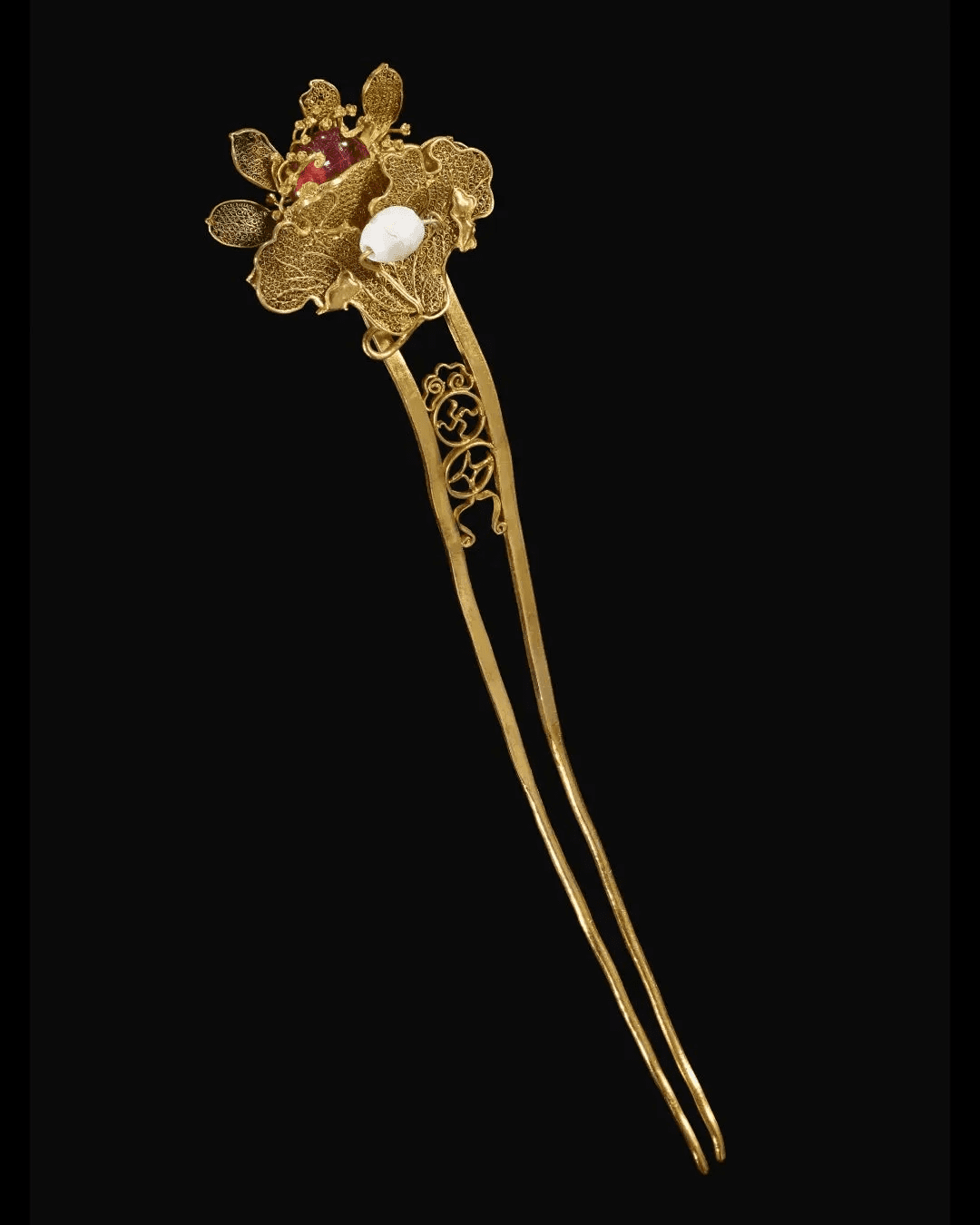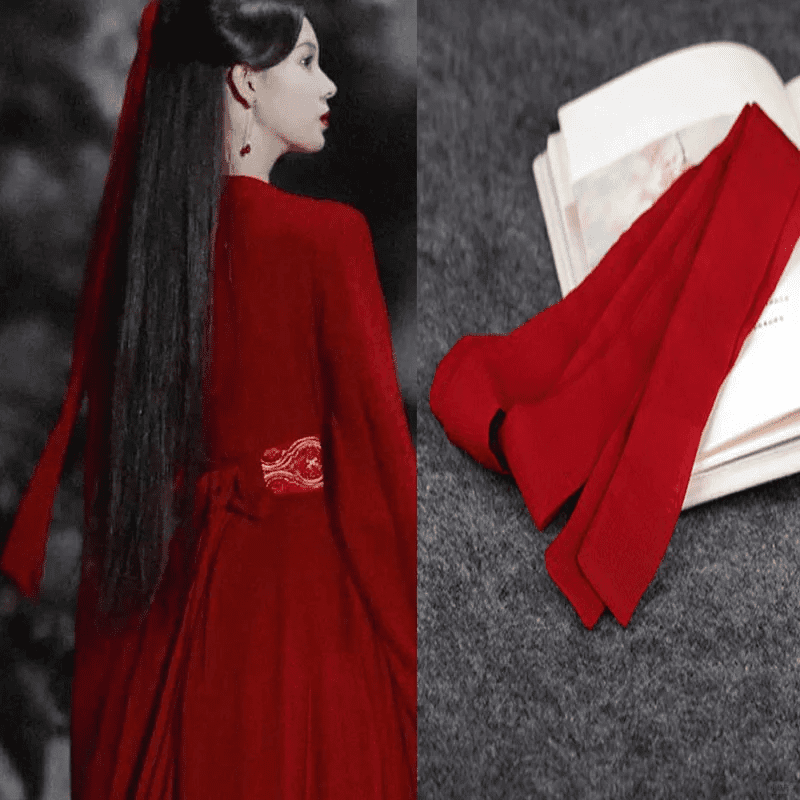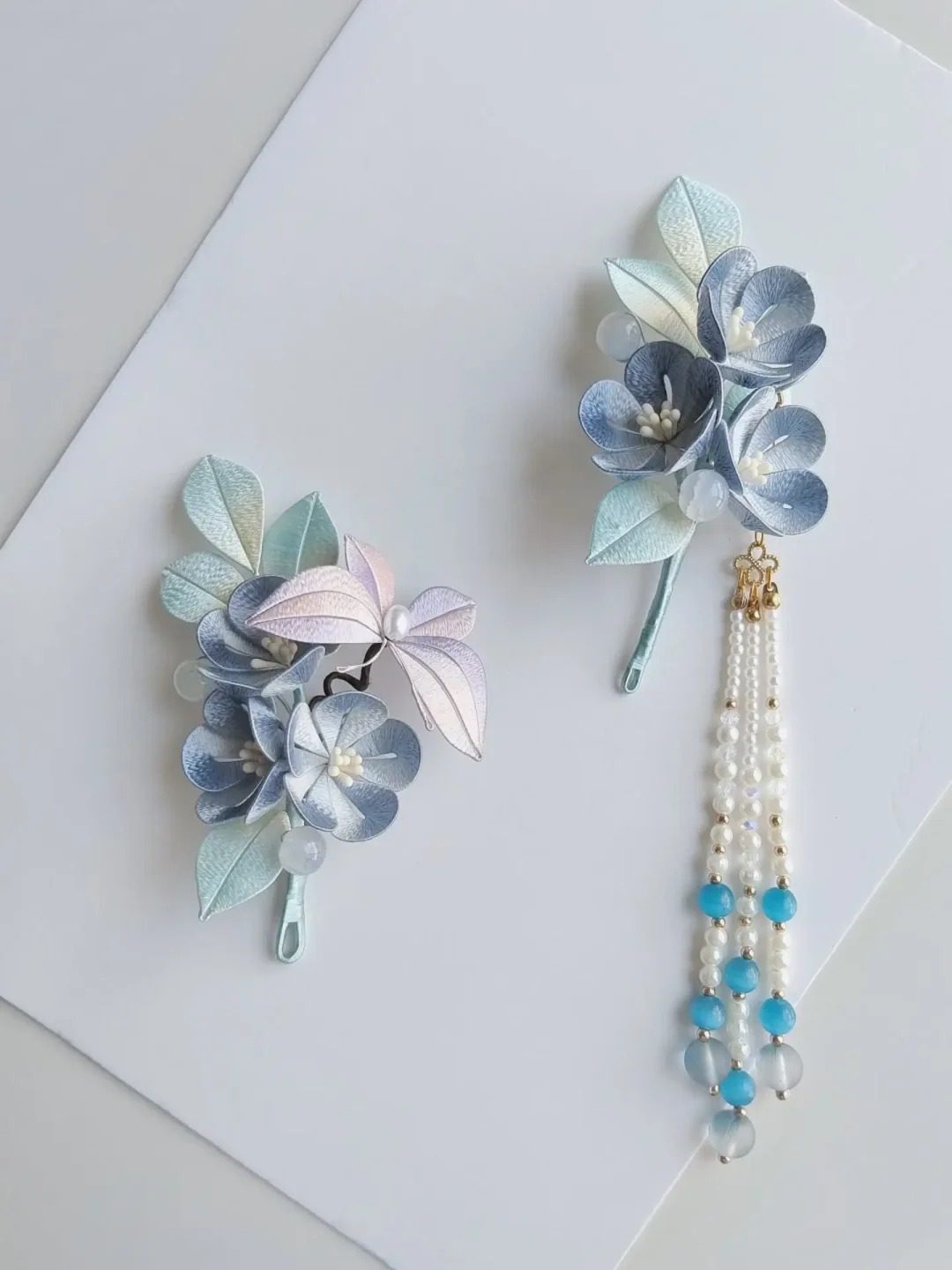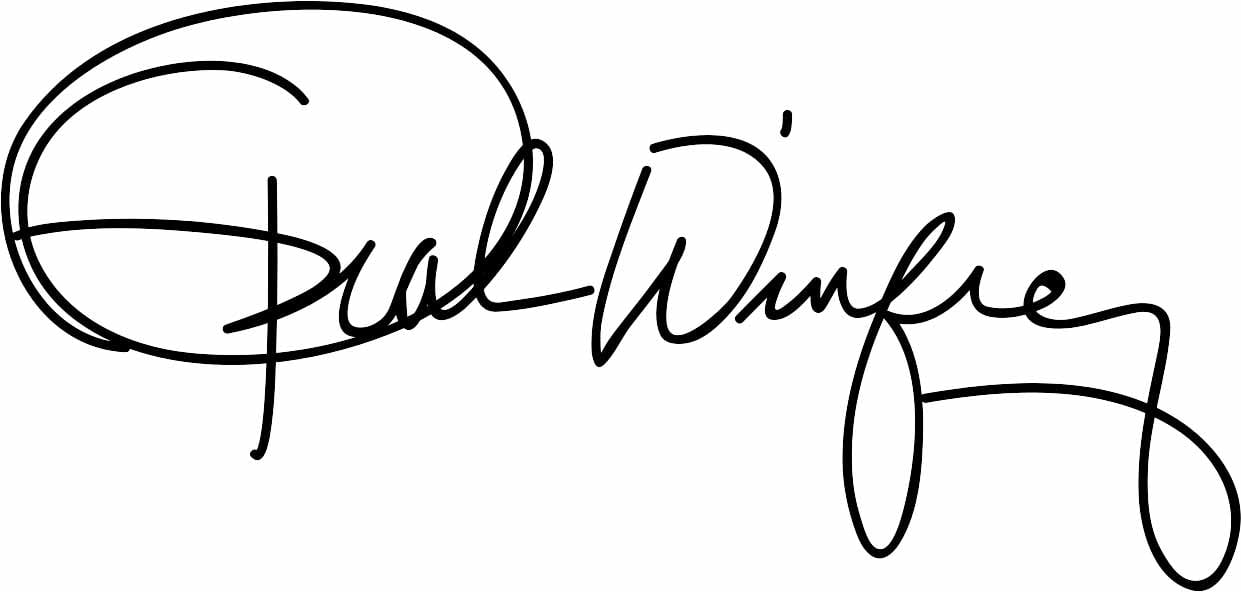Hanfu, as an important component of traditional Chinese culture, not only represents the aesthetic of ancient Chinese clothing but also carries profound cultural significance. Beyond the garments themselves, Hanfu accessories—particularly hair ornaments—have exhibited distinct styles and meanings across different historical periods. This paper will analyze the classification of Hanfu hair ornaments from a historical perspective, explore their cultural significance in ancient society, and demonstrate their modern application and development within contemporary Hanfu culture.
I. The Historical Evolution of Hair Accessories in Hanfu
The evolution of hair accessories for Hanfu is closely related to the succession of dynasties in China’s feudal society. Each dynasty has its unique dress codes and aesthetic trends, and as a part of Hanfu, hair accessories have also undergone diverse changes accordingly. The earliest hair accessories for Hanfu were relatively simple. With the development of the times, more and more decorative hair accessories emerged, symbolizing cultural information at many levels such as social status, marital status, and personal personality.
In the Zhou Dynasty, hair accessories were mostly simple hairpins and hair forks, etc., and their main function was to fix the hair bun, playing a practical role. In the Han Dynasty, the design of hair accessories became more exquisite. Especially in the imperial court, hair accessories became a symbol of status and power. The hair accessories in the Tang Dynasty were even more magnificent. In addition to hairpins and hair forks, more complex ornaments such as hairbands and hair hoops also appeared.
With the advent of the Song Dynasty, the minimalist aesthetics of Hanfu were highly regarded, and hair accessories also became relatively low-key and delicate, emphasizing simplicity and elegance. During the Ming and Qing dynasties, hair accessories began to show more detailed distinctions with the differentiation of social classes. The hair accessories worn by noble women were more gorgeous, while ordinary people tended to be more plain.
II. The Main Classifications of Hair Accessories for Hanfu
According to different historical periods and cultural backgrounds, the hair accessories of Hanfu can be roughly classified into the following categories:
1. Hairpins and Hair Forks
Hairpins and hair forks are the most representative hair accessories of Hanfu. Especially during the Han and Tang dynasties, they almost became the standard accessories for women’s hairstyles. Hairpins are relatively long and pointed, and are mostly used to fix the hair bun or decorate the hairstyle. Hair forks are mostly round in shape and have a simple form, generally used for decorating and fixing the hairstyle.
Hairpins: In ancient times, hairpins were mainly made of various materials such as gold, jade, and silver. Common shapes include straight hairpins and curved hairpins. The design of hairpins often features decorations such as flowers, birds, insects, fish, and auspicious objects, symbolizing good meanings.
Hairpins:Hosta
Hair Forks: Hair forks come in a relatively diverse range of styles, including single hair forks, double hair forks, triple hair forks, etc., among which double hair forks are particularly common. Hair forks are usually more exquisite than hairpins, and often feature craftsmanship such as carving patterns and inlaying precious stones in terms of detail
Gold hairpin、double hair forks
2.Hairbands and Hair Hoops
Hairbands and hair hoops are mostly used for the decoration of Hanfu in the Tang Dynasty and the subsequent periods. Especially in the prosperous Tang culture of the Tang Dynasty, hairbands became a popular fashion element. Hairbands are generally wide silk ribbons, often matched with the hair bun or directly used to tie up the hair. Hair hoops are ring-shaped decorations, usually worn on the top of the head or on the hair bun to add a sense of layering to the overall hairstyle.
Hairbands: Hairbands are usually made of high-grade fabrics such as silk and brocade. They can be simple plain-colored ribbons or works of art with exquisite embroidery. In the costumes of women in the Tang Dynasty, hairbands were a popular way of decoration and had remarkable aesthetic effects.
Hairband:Hanfu revival、Simplicity
Hair Hoops: Hair hoops are a kind of circular ornaments, often made of materials such as gold, silver or jewels, with a simple and elegant shape. Hair hoops are commonly seen in imperial court costumes. They are not only decorative but also serve the function of fixing the hair.
3. Hairpins and Floral Hair Accessories
Step Shake and floral hair accessories are mostly used in luxurious imperial court costumes or for wedding decorations. Step Shake are usually made of metal or jade, exquisitely carved and come in a rich variety of shapes. Floral wreaths are made by stringing together various flowers, jewels and other ornaments. They are not only aesthetically pleasing but also carry strong symbolic meanings, often symbolizing good wishes such as love and happiness.
Step Shake: Hairpins not only serve as decorations but also act as items of etiquette in social situations. In ancient times, noblewomen often wore exquisite hairpins to display their social status.

Step Shake:Swaying Motion、Exquisite Materials
Floral Wreaths: Floral wreaths were often used in ancient festivals, weddings and other occasions. Especially in ancient weddings, as one of the hair accessories for brides, floral wreaths symbolized purity and beauty.
4. Bead Chains and Earrings as Hair Accessories
Bead chains and earrings, as auxiliary hand ornaments, are widely used in women’s hair accessories. Especially in the Tang Dynasty, bead chains were often combined with hair buns, exuding an air of luxury and showcasing the noble temperament of women. As independent accessories, earrings are often matched with hair accessories to form a perfect whole.
Bead Chains: Bead chains are generally made by stringing together materials such as pearls, gemstones, or gold and silver. They can be worn under the hair bun or behind the ears, adding a sense of refinement to the overall look. As hair accessories, bead chains are not only for decoration but also carry profound cultural meanings. In ancient society, the wearing of bead chains was closely related to social status, marital status, and personal moral character. For example, the bead chain worn in a wedding symbolizes the purity and beauty of the bride and is usually given by the groom. The bead chains worn by noblewomen represent their family background and social class. The complexity and exquisiteness of bead chains also reflect the status and power of the wearer.

Bead Chains:ead Variety、forehead chains、side pendants
In modern Hanfu culture, bead chains not only retain their traditional decorative functions and cultural meanings but also incorporate more innovative elements. Many modern Hanfu enthusiasts opt for bead chain designs that are simple and full of a modern sense, focusing on details and craftsmanship. Such bead chains can not only showcase traditional aesthetics but also conform to contemporary aesthetic tastes.
Earrings: As one of the common accessories for ancient women, earrings come in a rich variety of types and are made of noble materials. They are not only decorative accessories but also symbolize the wearer’s family background and social status.
III. Hair Accessories in Modern Hanfu Culture
With modern people’s revival and love for traditional culture, Hanfu culture has gradually come into the public eye. Nowadays, Hanfu enthusiasts not only wear Hanfu during festive events or traditional festivals but also gradually incorporate elements of Hanfu into their daily lives. In the hair accessories of modern Hanfu, although influenced by traditional elements, new designs that blend with modern aesthetics have also emerged.
The hair accessories of modern Hanfu not only retain the traditional delicacy and elegance but also incorporate more creative and fashionable elements. Many designers endow traditional hair accessories with more diversified forms of expression by adding modern materials such as crystals, gemstones, metals, etc. At the same time, hair accessories in a minimalist style are gradually becoming the mainstream. More people choose simple and elegant hair accessories to match their daily Hanfu, avoiding overly complicated designs.
Conclusion
The hair accessories of Hanfu are an important part of traditional Chinese culture. They are not just external decorations but also carry rich historical, cultural, and aesthetic values. Whether it was the noblewomen in history or modern Hanfu enthusiasts, hair accessories, as a cultural symbol, continue to showcase their unique charm through continuous evolution and innovation. In the future, with the continuous revival of Hanfu culture, Hanfu hair accessories will also continue to serve as a cultural symbol of the integration of tradition and modernity, inheriting the essence of thousands of years of culture.



